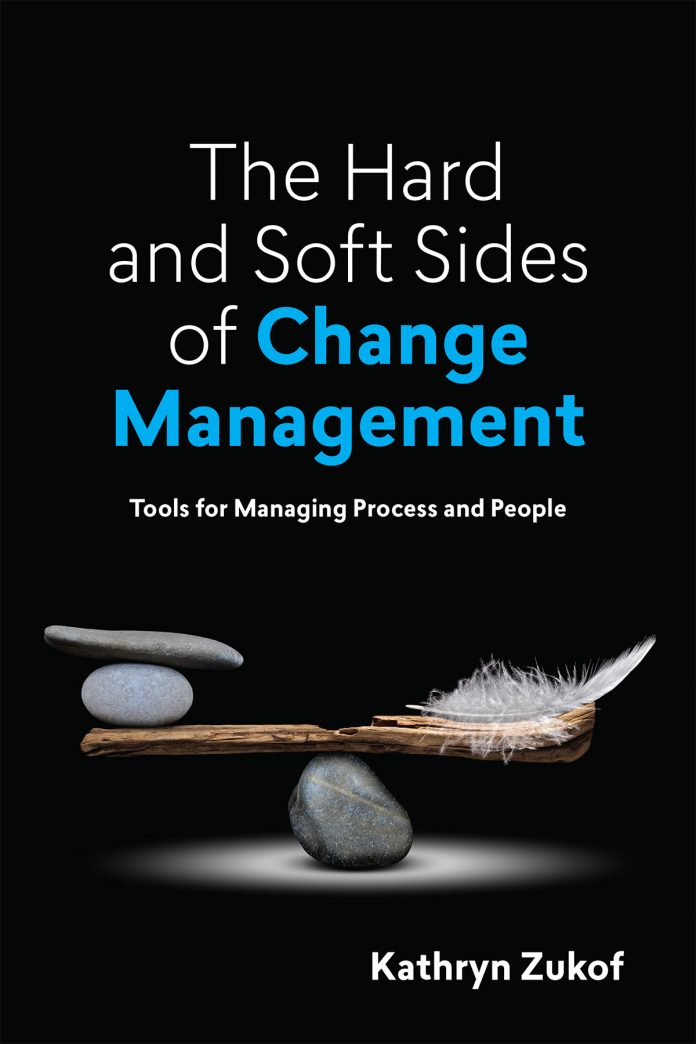
A colleague of mine with decades of experience leading successful change projects says that the most vital tool you can use during a change project is stakeholder analysis. My co-worker explains it is essential to understand who will be affected by the change, what they are doing today, and how they will be affected by the change. Then you can use it to involve these stakeholders in the right way, which will be different for each stakeholder group. The stakeholder analysis is your anchor. You need this for your chance to succeed.
Change initiatives often fall short of delivering expected results when organizations fail to:
- Identify key stakeholders and understand how the change will affect them.
- Understand each stakeholder group’s concerns, needs, expectations, and willingness to adopt the change.
- Develop training and communication tailored to the unique requirements of each stakeholder group.
The stakeholder analysis helps you address these gaps. It’s a tool that helps you clarify:
- Who is affected by the change and how
- The level of impact each stakeholder group will experience
- The degree to which each stakeholder group can influence the successful adoption of the change
- Stakeholder concerns and points of resistance
- Preferred methods for involving and communicating with each stakeholder group
Armed with the information the stakeholder analysis provides, you can tailor your project plans, communication, training, and other actions to ensure that you’re addressing the unique needs and concerns of each stakeholder group. This will help you build buy-in and support for your change initiative as you convey to each stakeholder that you understand how they are affected by the change and that the actions you’ve planned address their unique circumstances. It’s worth the time you invest here.
As you prepare a stakeholder analysis for your change project, start by identifying all the stakeholders who will be affected by the change. The impact of the stakeholder experiences may be substantial. Or the impact on a stakeholder group may be extremely minor. At this point, it doesn’t matter what the expected level of impact is. Just assemble a list of every person or group. Capture the identities of each stakeholder and stakeholder group on a spreadsheet. Depending on the change initiative, the number of stakeholders affected, and the varying impact on each stakeholder, you may want to identify stakeholders by their individual name or title.
To identify a comprehensive list of stakeholders, gather input from members of your core project team and change management team, project sponsors and organization leaders, members of the transition-monitoring team, and the stakeholders themselves. You can:
- Ask the core project team and change management team to brainstorm and prepare a draft list of every person and group they believe will be affected by the change. During this brainstorming session, you can also begin to capture initial ideas about what will change for each stakeholder.
- Review the draft list with your project sponsors and with organization leaders to determine if the list is complete. Amend the list of stakeholders based on their input.
- Review the list with members of your transition-monitoring team and update the list to include any additional stakeholders they have identified.
- During project status meetings with stakeholders, share the list of stakeholders that you and your team have identified. Ask if they can think of others who will be affected by the change, and amend the stakeholder list accordingly.
Think of your stakeholder analysis as an evolving document. If you learn about new stakeholders—even well after the change has begun—update the stakeholder analysis to include them. You may need to put the project on pause for a moment so you can get these newly identified stakeholders caught up, and so you can update project plans to reflect their needs and interests. It is worth it. Projects often fail when people forget key stakeholders and don’t appropriately engage them in the change process. It is better to amend your analysis to include stakeholders whom you’ve inadvertently omitted than to ignore the mistake.
As you identify additional stakeholders, you may need to modify the composition of the teams working on your project. It’s absolutely fine to expand your core project team or the transition-monitoring team or the red team to include a newly identified stakeholder. You want to ensure that your project plans consider and address the needs of everyone affected by the change.
Summarize What Will Change
As you compile a list of stakeholders, identify what will be changing for each and capture this information in a column on the stakeholder analysis spreadsheet.
Use a few phrases or a short, bulleted list to summarize what is changing for each stakeholder. Over the course of your project, your core project team and change management team will need to develop a detailed and fully comprehensive understanding of what will change for each stakeholder group. For the purposes of the stakeholder analysis, just present this information in summary form.
- Gather information about the expected impact during meetings and conversations with members of your core project team and change management team, as well as project sponsors and organization leaders.
- Review the expected impact with your transition monitoring team and ask if they believe the analysis appropriately captures how the change will affect the stakeholder group they represent. Modify the stakeholder analysis document to reflect their input as needed.
- During project status meetings with stakeholders, share how you anticipate they will be affected by the change. Ask for their input to determine if anything is missing, and update the stakeholder analysis document accordingly.



